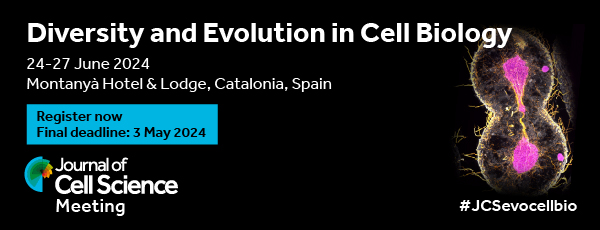
Synaptogenesis is initiated by presynaptic differentiation when the motile neuronal growth cones change into the stable nerve terminals. Agrin, a nerve-derived heparan sulfate proteoglycan, is involved in postsynaptic differentiation at the neuromuscular junction, but its role in the presynaptic event is unclear. Now, Chi Wai Lee and colleagues (Oentaryo et al., 2020) show that extracellular matrix (ECM) remodelling by the membrane-type 1 metalloproteinase (MT1-MMP) is required for agrin deposition and signalling during presynaptic differentiation. In cultured Xenopus spinal neurons, agrin is secreted along the neurites of mature neurons but is absent during their outgrowth phase; this deposition correlates with an increase in MT1-MMP-mediated ECM degradation. Through the local application of agrin-coated beads along the neurites, the authors were able to induce presynaptic differentiation, as confirmed by the accumulation of synaptic vesicles and mitochondrial clustering, well-known presynaptic markers. Agrin-induced presynaptic differentiation is dependent on the neuronal expression of its receptor, the low-density lipoprotein receptor-related protein 4 (Lrp4) and MT1-MMP. The latter is responsible for not only promoting agrin deposition by modulating ECM remodelling, but also activating agrin signalling by mediating the necessary proteolytic cleavage of Lrp4. Overall, this study identifies a new role for agrin in early synaptogenesis, as well as a regulatory function for MT1-MMP in presynaptic differentiation.








